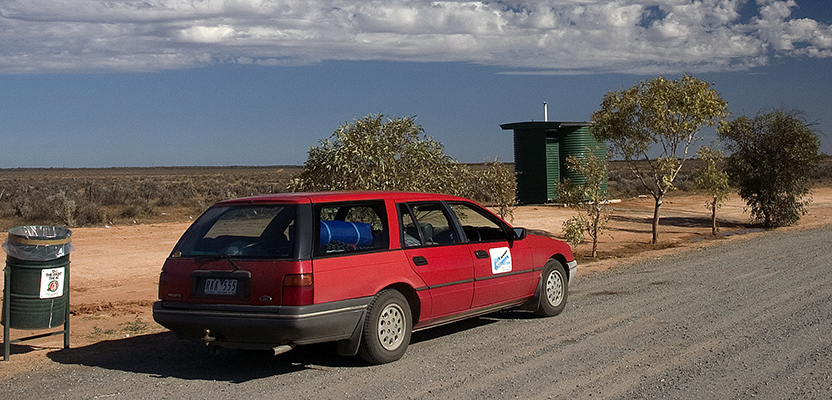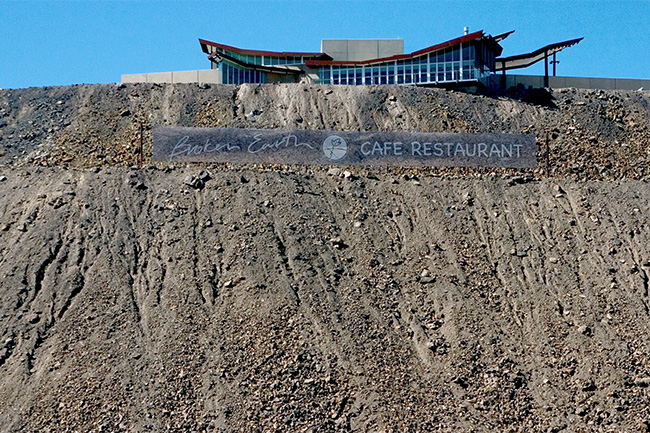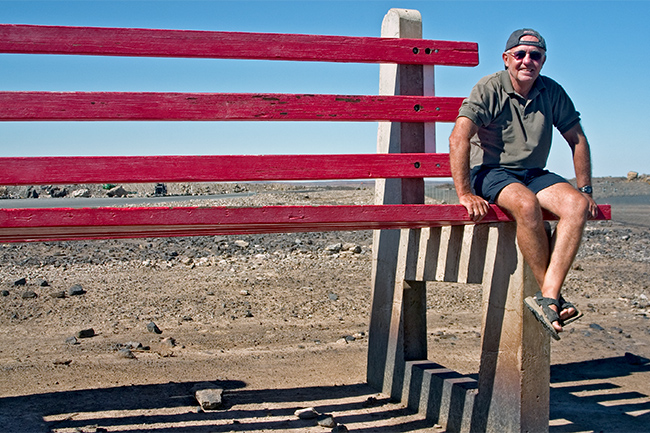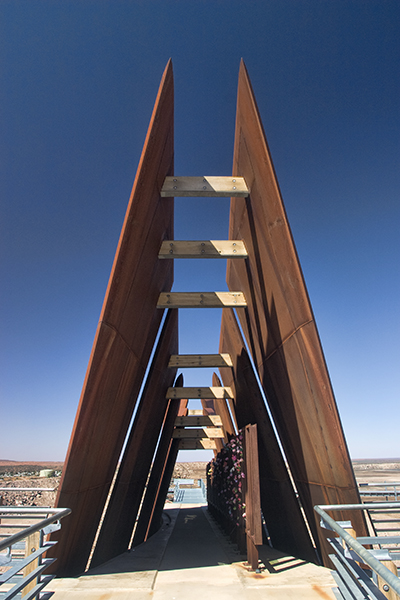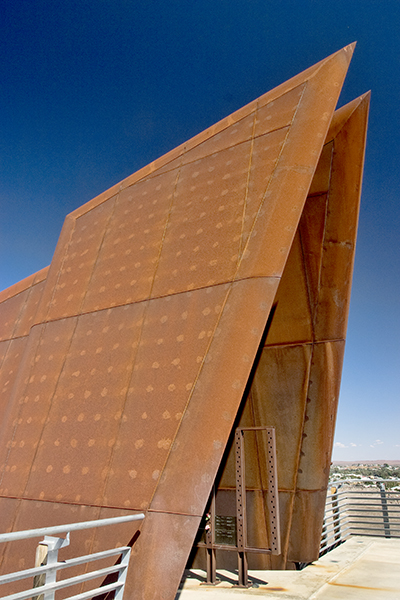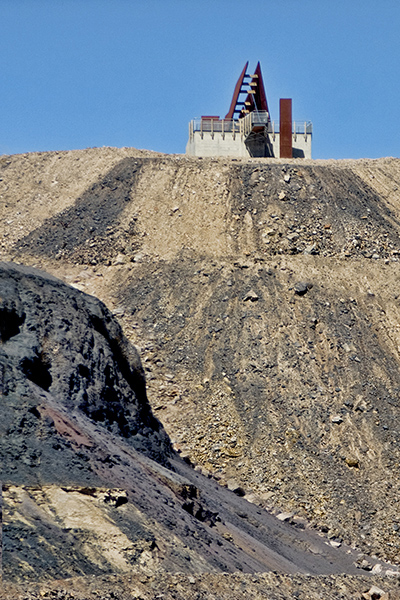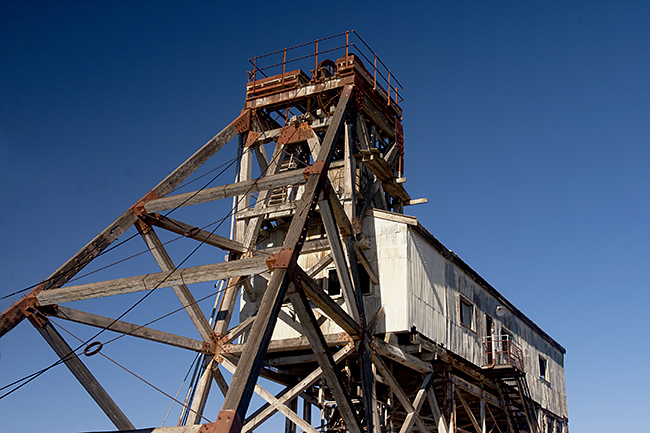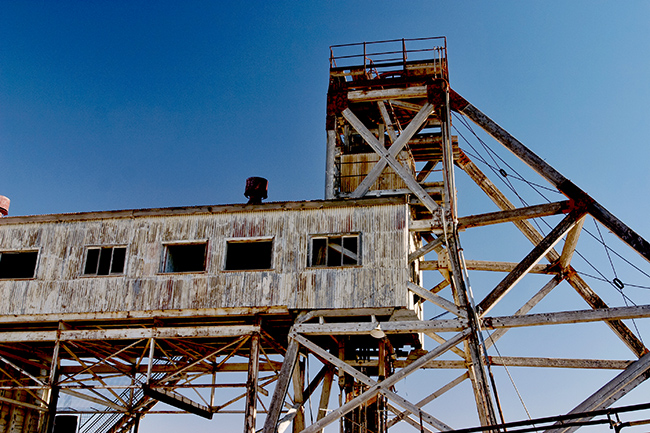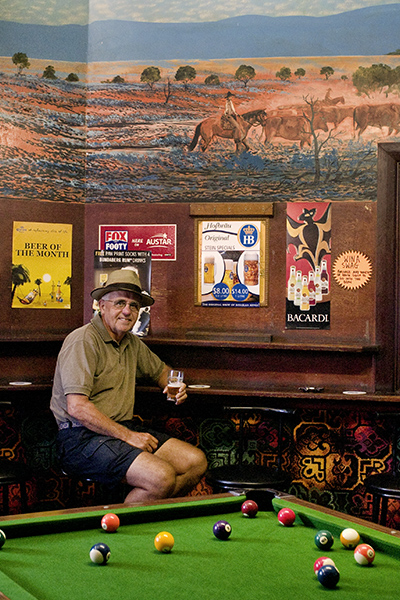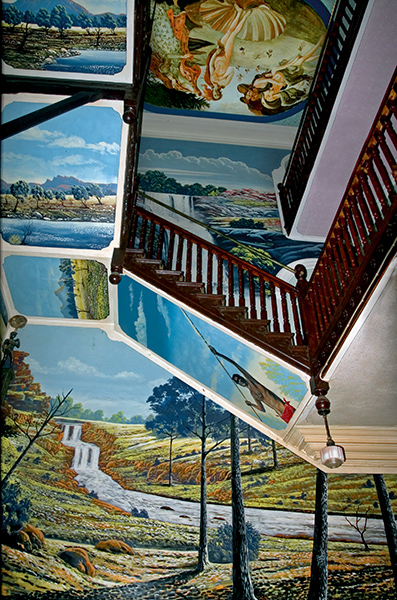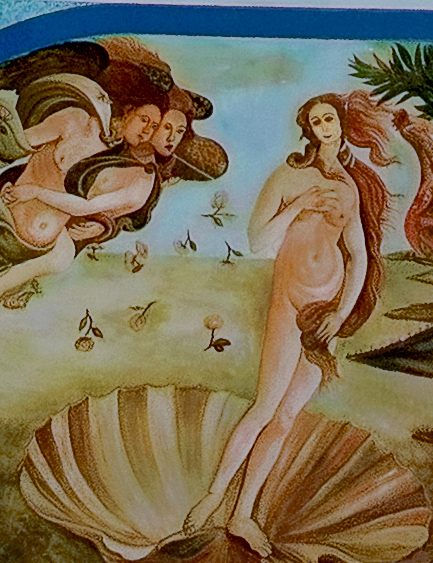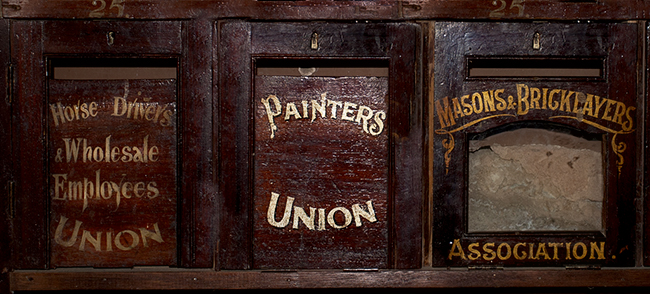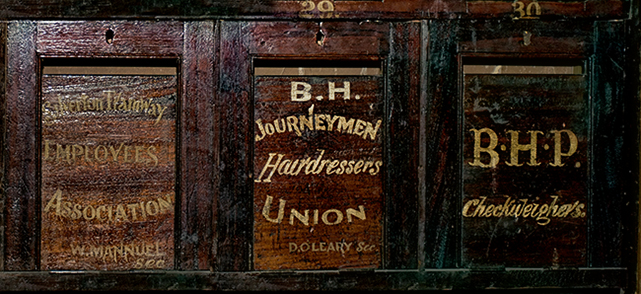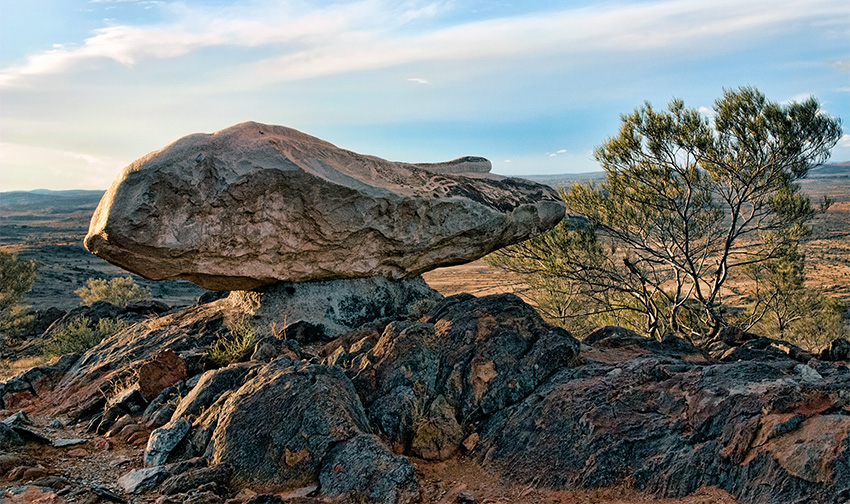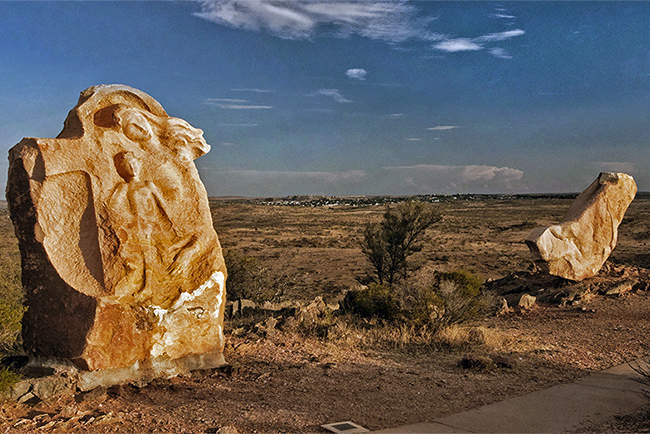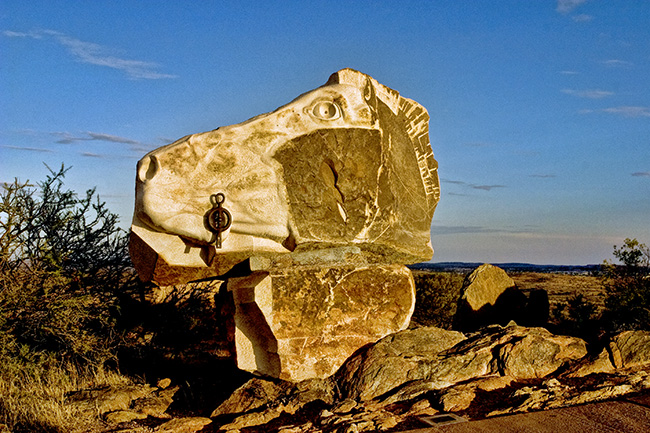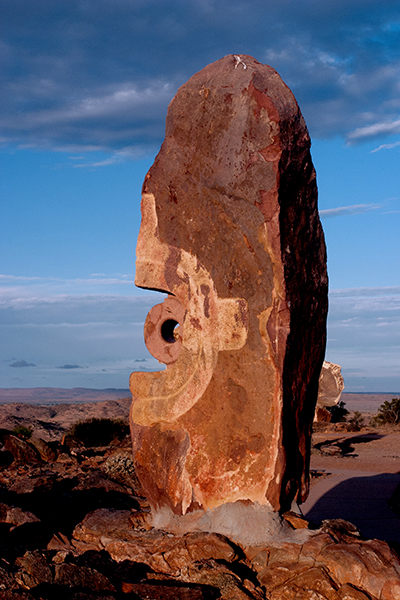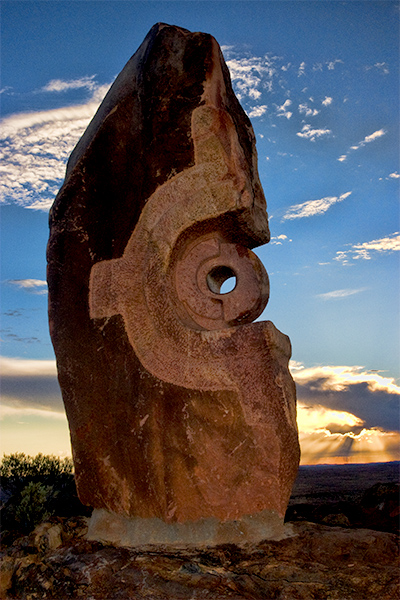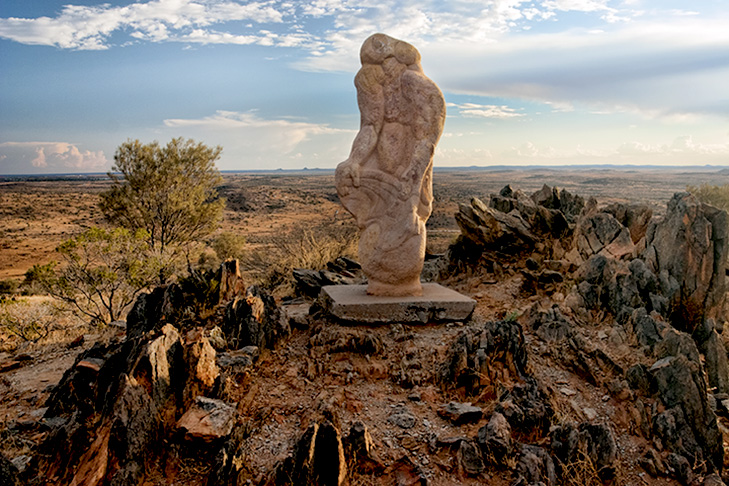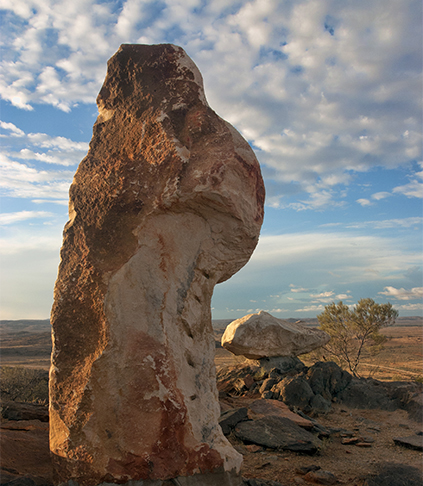|
The 'Present for Fred' prompts the question , who was Fred
Hollows, why is this Symposium dedicated to him and what does the
sculpture signify? Lawrence said of his creation, "All matter is love,
even hard Wilcannia sandstone, only Fred and I truly know what the
sculpture is"
Professor Fred Hollows compassion
for the aboriginals and in particular the large number of their children
suffering from trachoma caused him to set up the Aboriginal Medical
center in Redfern in 1971, he also founded the National Trachoma and Eye
Health Programme and his Australian mobile clinics became legendary
He also worked tirelessly in Bangladesh, Burma, Nepal,
Vietnam, Latin America and Eritrea. Raising money to establish
clinics and build factories to make the lenses needed to cure patients
blinded by cataracts. Twenty million people worldwide were
blind because they had no access to lens implants 80% of those in the
3rd world He died at age 63 in February 1993. On
April Fools Day Lawrence Beck and his band of artists began work on his
Symposium. Beck had a state funeral in Sydney followed by
burial in Bourke where the "red dirt and mulgas signal the start
of the Outback" he loved so much and whose people loved him in return |

